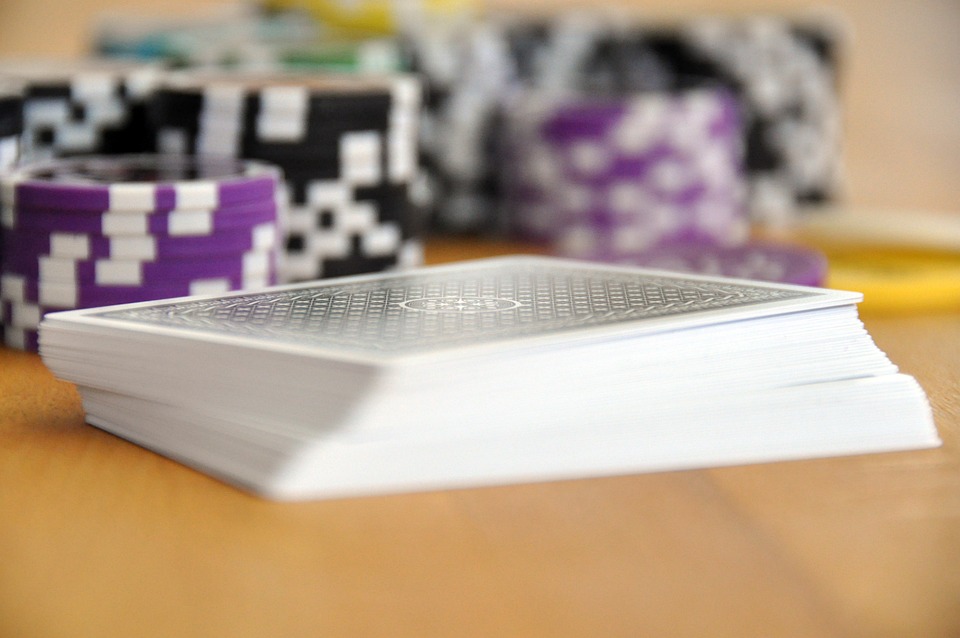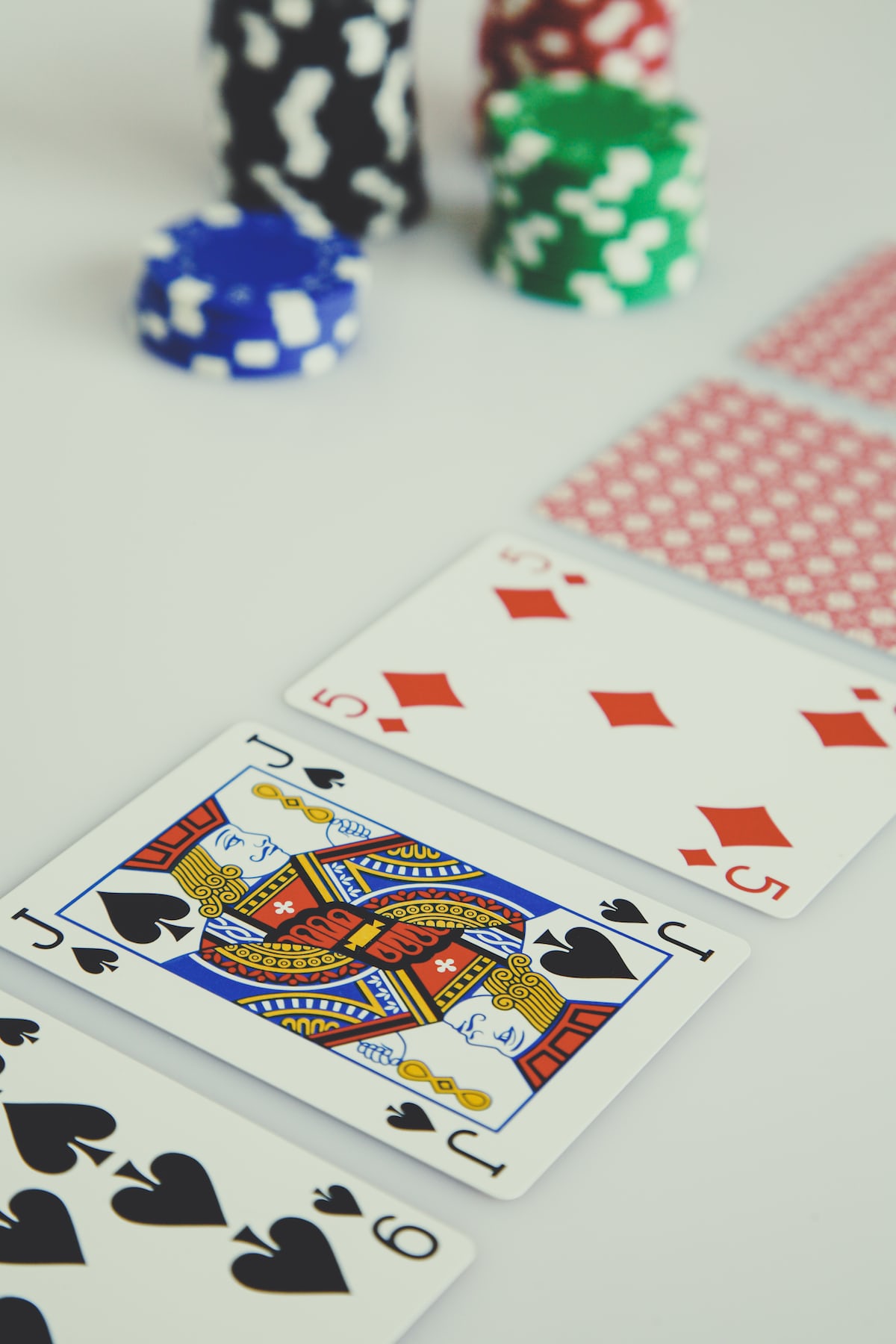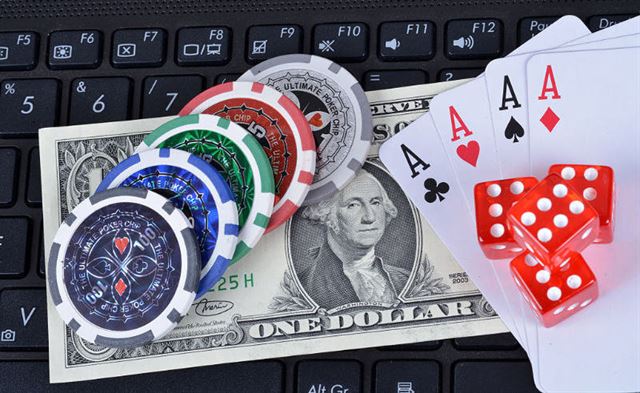If you’re serious about becoming a better poker player, it’s important to track your progress and improvement over time. This can help you identify areas that need improvement and motivate you to keep working hard to become the best player you can be.
Here are a few different ways you can measure your improvement as a poker player:

1. Track Your Wins and Losses
One of the most obvious ways to measure your improvement as a poker player is by tracking your winnings over time. This can be done in a simple spreadsheet, or you can use one of the many online tracking tools available. If you’re seeing an upward trend in your winnings, it’s a good sign that you’re improving as a player.
Tracking your losses is important too. This can help you identify any leaks in your game and also give you an idea of how well you can handle big swings in your bankroll. If you’re seeing a decrease in the size of your biggest losses, it’s a good sign that you’re becoming a more consistent player.
Lastly, you should also monitor your win-lose ratio. This is simply the ratio of your winning sessions to your losing sessions. If you’re seeing a higher win-lose ratio over time, it’s another good sign that you’re improving as a player.
2. Review the Stakes of Your Games
At the same time, just because you see an uptick in your winnings doesn’t mean you’re getting better at the game. It could simply be that you have been playing against players that are not as good as you. Or maybe you don’t realize it, but you’ve become better than your usual crowd and therefore need to move on to better players.
That is why another and perhaps a better way to measure your improvement as a player is by looking at the stakes you’ve been playing. If you’re consistently moving up in stakes, it’s a good indication that your skills are improving and you’re doing well against tougher competition.

3. Track the Amount of Your Winnings and Losses
Regardless of the reason you’re playing poker, the money you make or break is important to track. Measure how much money you make or lose for every dollar you spend on tournament buy-ins, cash game stakes, and other poker-related expenses.
If you’re making more money than you spend, even by a small margin, it’s a good sign that you’re becoming a more profitable player.
4. Track Your Poker Hours
Another metric you can track is the number of hours you play poker. This includes both practice and actual hours at the poker table. If you’re seeing an increase in the number of hours you’re putting into poker, it’s a good sign that you’re becoming more dedicated to improving your game.
If you want to increase your poker-playing hours, sign up now at GGPoker, the world’s largest poker room. With the secure and enjoyable online poker experience they offer, you’re sure to spend hours over there playing.

5. Track Your Study Time
If you’re making a concerted effort to improve your game by studying poker strategy, then you should track the amount of time you’re putting into studying. This includes both reading strategy articles/books and watching training videos. It’s good to notice that you’ve been dedicating more time to studying poker, as it means that you’re becoming more serious about improving your game.
6. Track Your Poker Goals
You should track your progress if you’re setting and working towards specific poker goals. This can help you stay motivated and on track and give you a sense of accomplishment when you reach your goals.
7. Track Your Overall Progress
If you’re tracking all of the above metrics (and more), you can get a good sense of your overall progress as a poker player. This can help you identify any areas that need improvement and motivate you to keep working hard to become the best player you can be.

8. Review If You Found Your Games Easy or Hard Lately
One metric you can track is how you found your poker games recently. If you felt the games were easy, that’s a good sign you’re improving. If you found the games tough, it means you have some work to do.
9. Analyze Your Play
A great way to measure your improvement is by analyzing your play. This can be done by hand or using one of the many poker tracking tools available. A decrease in the number of mistakes you’re making is a good sign that you’re learning from them. The same is true if you feel like you’ve been making wiser calls with the poker hands you get.
10. Get Feedback From Other Players
One of the best ways to measure your improvement is to get feedback from other players. This can be done by joining a poker forum and asking for feedback on your play or by finding a poker coach and getting professional feedback. If you’re seeing positive feedback from other players, it’s a good sign that you’re improving as a player.
Track Your Poker Player Progress Today
There are many different ways to measure your improvement as a poker player. The most important thing is to find the most important metrics to you and track them over time. By tracking your progress, you can identify any areas that need improvement and stay motivated to keep working hard to become the best player you can be.




